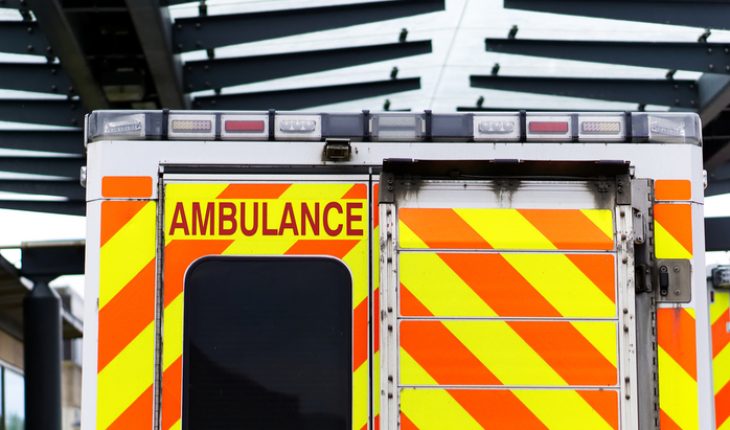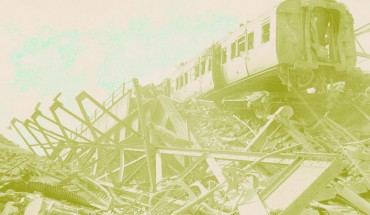Ambulances may struggle to get to you as the A&E departments are gridlocked and ambulances are therefore queuing for hours to deliver patients to A&E. Patients are spending many hours on trolleys in A&E or in the back of ambulances, waiting to be seen.
The London Ambulance Service is receiving around 82,000 999 emergency calls a day. More than 20,000 higher than 2019. Waiting times for an ambulance routinely exceed the national target of 8 minutes. Even in a life-threatening emergency. This means that first aid skills are more important than ever and key to a casualty’s survival.
Consequently it is critical that we all do our part to avoid overloading the emergency services by avoiding taking any unnecessary risks. RoSPA states that every year in the UK “2.7 million turn up at accident and emergency departments seeking treatment”. Now more than ever before it’s necessary to gain the knowledge to assess when someone is seriously ill or hurt and when it is something more minor that can be treated at home.
This article should help you evaluate whether it is better to call an ambulance, go to A&E or to your GP.
The following information aims to help you with this extremely difficult and critical decision:
Always call an ambulance if the casualty is an elderly person, baby or very young child and you are seriously concerned. Moreover, note that children can often mask serious symptoms and their condition can then quickly deteriorate.
The decision you make will vary from case to case. Either way we would strongly advise you to immediately administer First Aid and call an ambulance if someone:
- Appears not to be breathing, is having chest pain, struggling to breathe, or breathing in a strange way -appearing to ‘suck in’ below their rib cage and using other muscles to help them to breathe.
- Has a severe injury that is bleeding profusely and you are unable to stop with direct pressure on the wound.
- Is unconscious or unaware of what is going on around them or experiencing weakness, numbness or difficulty speaking.
- Has a seizure for the first time even if they seem to recover from it later. You should phone an ambulance if someone is having a seizure and the fitting lasts longer than 3 minutes.
- Has a severe allergic reaction it is important to administer their adrenaline auto injector (if they have one) and then phone an ambulance immediately.
- For a child or an elderly person: if they are burned and the burn is severe enough that you think it will need dressing – treat the burn under cool running water for a full 20 minutes and call an ambulance. Keep cooling the burn until the paramedics arrive – look out for signs of shock. For a fit adult – cool the burn for a full 20 minutes – longer if it is still extremely painful and then apply a burns dressing or loosely cover with cling film and take them to A&E for medical attention.
What to do if someone falls
- Call an ambulance if someone has fallen from a height, been hit by something travelling at speed (like a car), been undertaking some form of spinal manipulation, been hit with force whilst doing combat or contact sport and there is a possibility of a spinal injury
- Keep them completely still and get an ambulance on the way.
- If they are on their back, unconscious and breathing and you are concerned about their airway – very carefully roll them into the recovery position and then phone an ambulance. Do this by very carefully log rolling them into the recovery position, without twisting their spine if at all possible. Ensure you have robust contingency plans in place to ensure you can get additional help to your treatment room in an emergency.
- If they are unconscious and not breathing, start CPR. For a child or baby, do one minute of CPR before phoning an ambulance. For an adult, phone an ambulance immediately, and get an AED if there is one available.
It’s important to understand that you don’t get seen any faster in A&E if you arrive by ambulance. Regardless of how you get there, you will be triaged by an nurse on arrival.
Take someone straight to A&E if they have:
- A fever and are floppy and lethargic
- Severe abdominal pain
- A cut that is gaping or losing a lot of blood, if they have amputated a finger or if there is something embedded in the wound.
- A leg or arm injury and can’t use the limb.
- Swallowed poison or tablets and are not showing any adverse effects ( calling 111 can also give you advise from the poisons database. If they are behaving strangely or experiencing any symptoms from the poison; call an ambulance immediately)
Contact your Family Doctor:
For less serious and non life-threatening medical concerns, contact your GP or phone 111 for medical advice
Most importantly – trust your instincts. If you are seriously worried, administer First Aid and get medical help quickly.
- What is a seizure? - 13th March 2025
- Febrile Convulsions and Seizures in Children - 13th March 2025
- Why women are less likely to receive CPR or survive cardiac arrest - 6th March 2025






